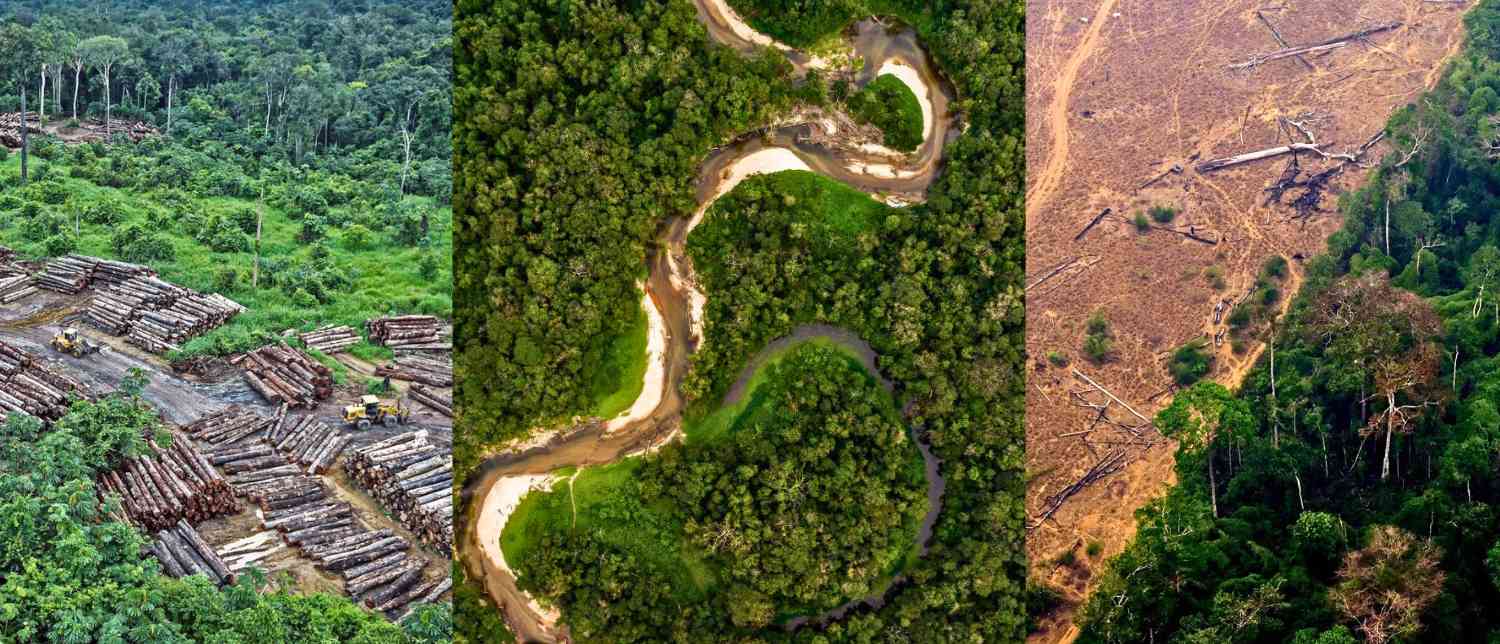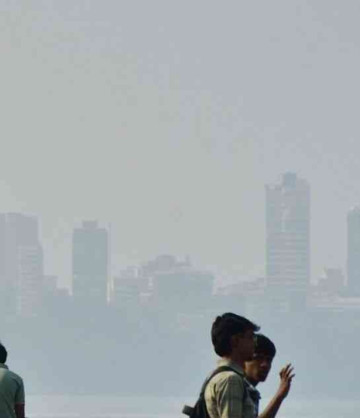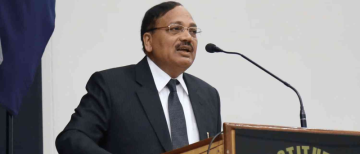The Amazon rainforest, widely regarded as the "lungs of the Earth," is facing an unprecedented crisis due to a new development law introduced in Brazil. This law has sparked grave concerns worldwide, as it threatens to open the door for a significant rise in deforestation. The consequences of this could be devastating—not just for Brazil, but for the entire planet.
The Importance of the Amazon Rainforest

Spanning over 6.7 million square kilometers across nine countries in South America, the Amazon is the world’s largest tropical rainforest, covering nearly 60% of Brazil’s land area. It is home to an astonishing diversity of life—around 10% of all known species in the world live there. This includes thousands of plants, mammals, birds, insects, and more. Some species are still undiscovered and may be at risk of extinction before being studied.
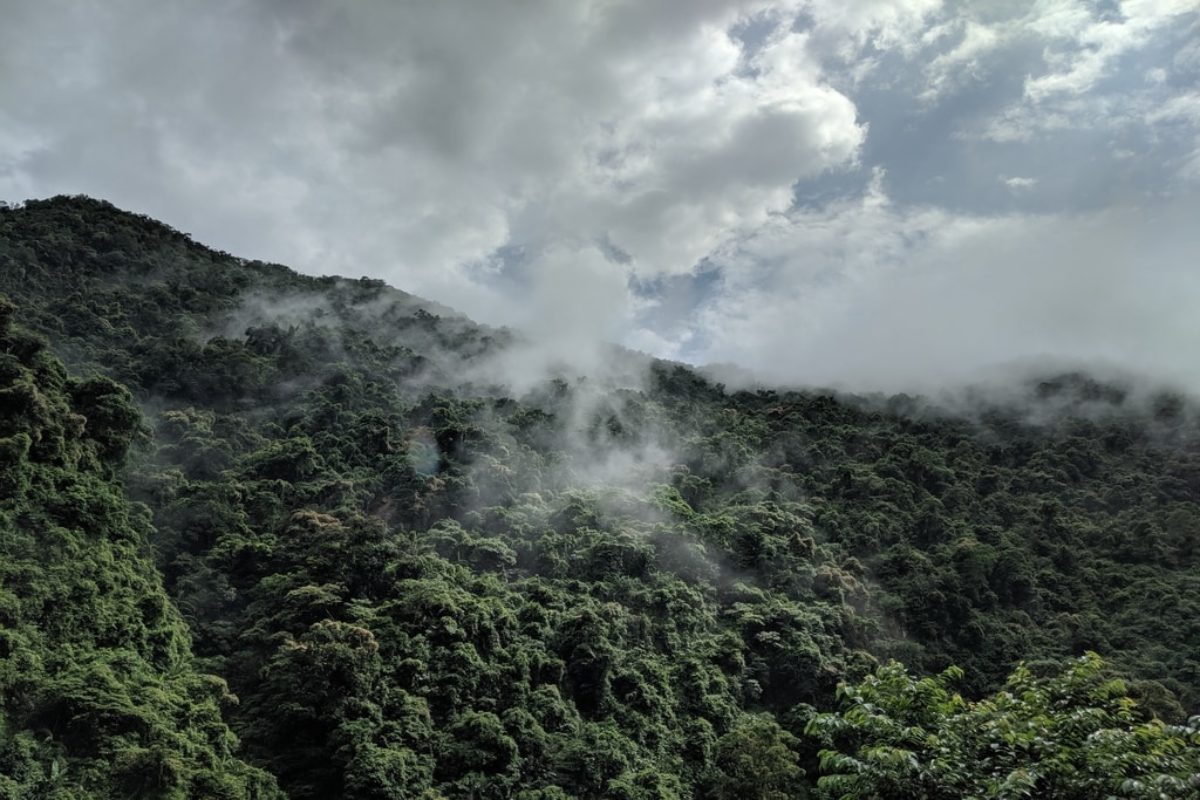
But the Amazon is more than just a wildlife haven; it is one of the most critical components of the Earth’s life support system. The forest plays a key role in regulating the global climate by absorbing huge amounts of carbon dioxide, a major greenhouse gas. It also helps balance rainfall patterns by releasing water into the atmosphere through a process called transpiration. The Amazon contributes to rainfall not only locally but also in other parts of South America and even farther abroad, influencing global weather systems.
What the New Law Changes and Why It’s Harmful
The new development law seeks to relax restrictions on land clearance and development within the Amazon region. It essentially makes it easier to convert forest land into agricultural fields, cattle pastures, mining sites, and infrastructure projects like roads and dams. While development can bring economic benefits, the law sacrifices long-term environmental stability for short-term gain.
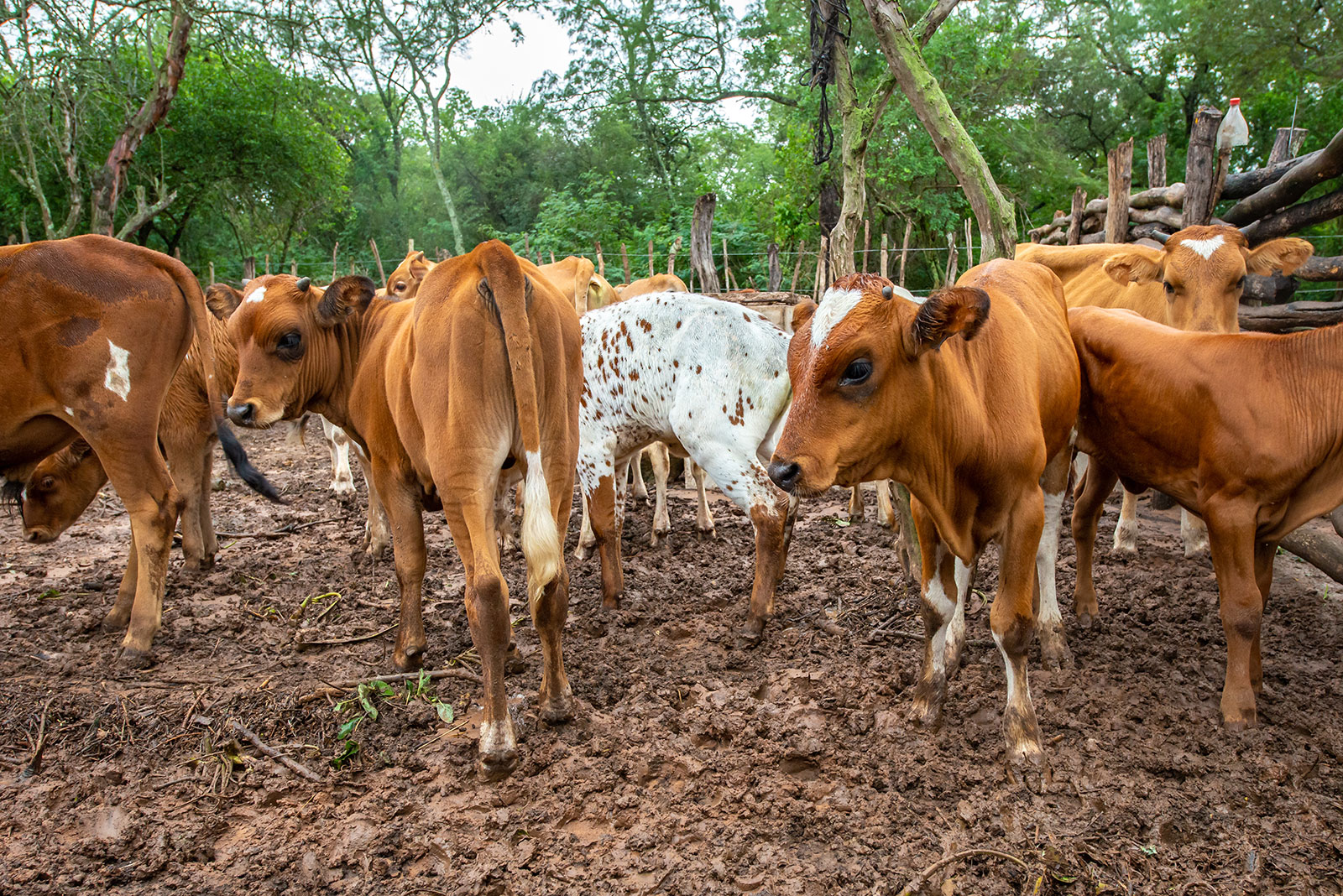
Historically, agriculture and cattle ranching have been the primary drivers of deforestation in the Amazon. For example, cattle ranching accounts for approximately 80% of deforested land in Brazil’s portion of the Amazon. By loosening the rules, the new legislation is expected to accelerate deforestation rates dramatically.
This increased deforestation is extremely harmful in several ways:
-
Carbon Emissions: Trees absorb carbon dioxide and store it as biomass. When forests are cut down or burned, this stored carbon is released back into the atmosphere, contributing to global warming. The Amazon stores roughly 150 to 200 billion tons of carbon, and its destruction could turn it from a carbon sink into a carbon emitter.
-
Loss of Biodiversity: The Amazon hosts immense biodiversity, including many species unique to this region. Deforestation leads to habitat loss, threatening the survival of countless plant and animal species. Many species have yet to be discovered, and their extinction would be irreversible.
-
Disruption of Water Cycles: Trees in the Amazon release large volumes of water vapor into the atmosphere. This moisture forms clouds and eventually rain, which sustains the forest itself and supports agricultural economies in South America. Cutting down the forest reduces this water recycling, causing severe droughts, disrupted weather patterns, and less rainfall in faraway regions.
-
Triggering a “Tipping Point”: Scientists warn that if deforestation surpasses a critical threshold (estimated around 20-25% of the forest), the Amazon could drastically change from a dense forest into a savannah-like environment. This would reduce rainfall, increase temperatures, and further accelerate destruction in a vicious cycle.
How the Amazon Connects to the Global Environment
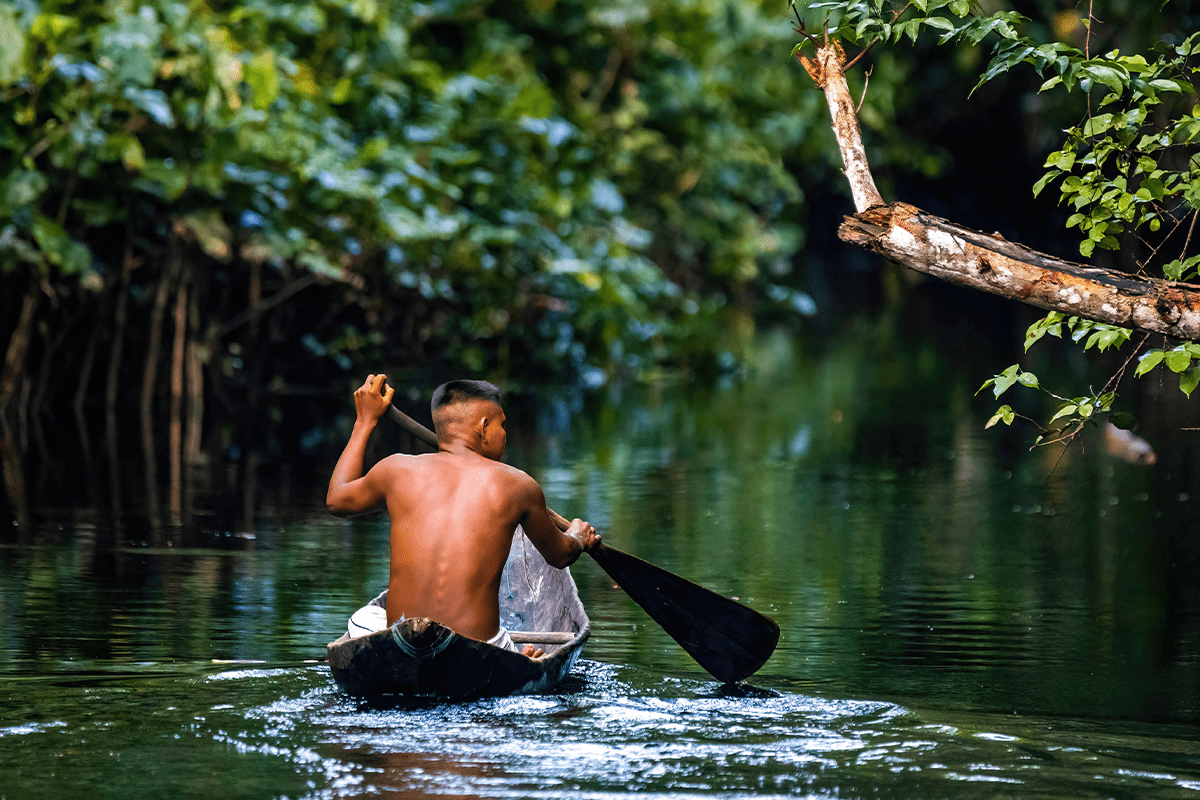
Though located in South America, the Amazon’s influence spreads worldwide. It is a giant carbon sink, helping mitigate climate change by absorbing carbon dioxide from the atmosphere. Without the forest, the pace of climate change would likely accelerate, causing more extreme weather events like storms, heatwaves, and floods globally.
In addition, the Amazon’s role in the water cycle affects rainfall patterns critical to agriculture in countries far beyond Brazil. Reduced rainfall can impact food production, water supply, and ecosystems across continents. This means that deforestation is not just a regional problem but a global challenge.
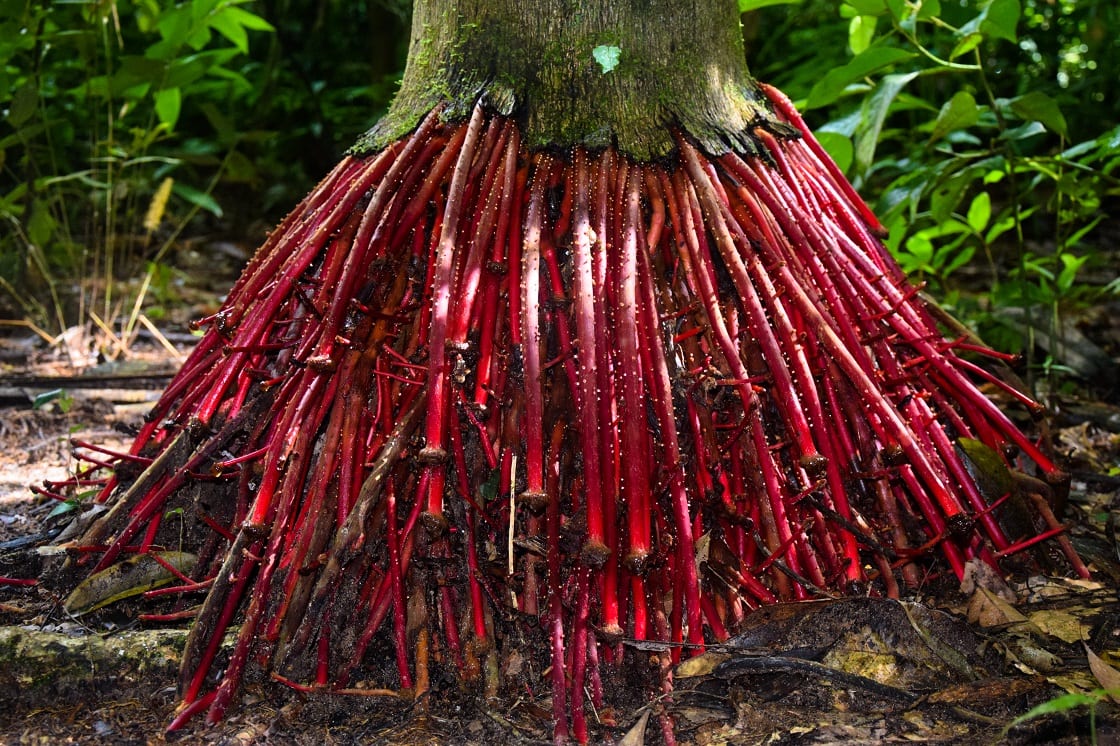
Moreover, the loss of biodiversity can have far-reaching consequences. Many drugs and medicines come from plant and animal species found in rainforests. The disappearance of species limits the opportunity for future scientific discoveries and affects genetic diversity critical to food security and ecosystem resilience.
The Hidden Treasure: Undiscovered Species at Risk
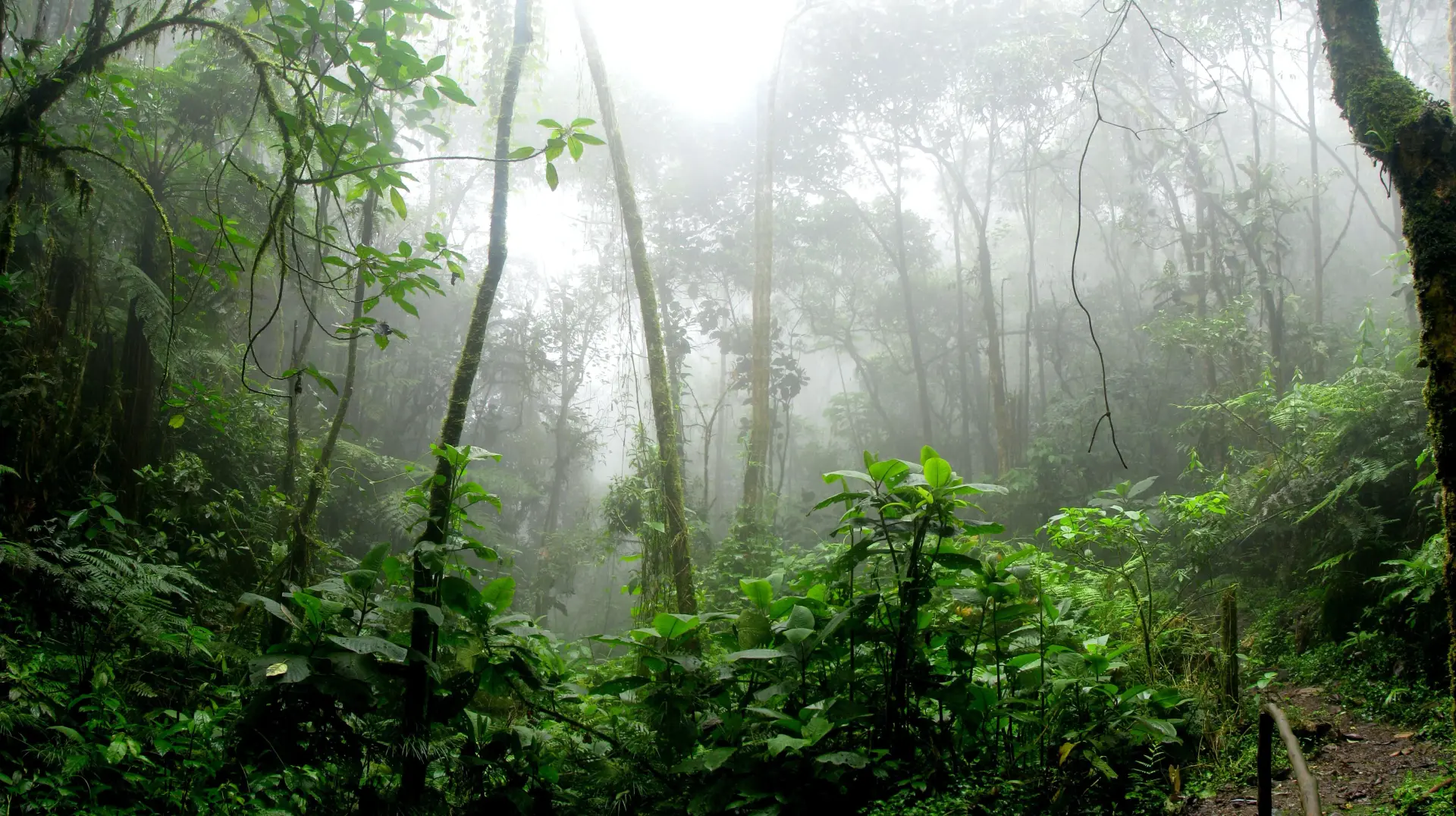
Scientists estimate that only a fraction of the Amazon’s biodiversity has been documented. New species of plants, insects, amphibians, mammals, and birds are still being discovered regularly. In fact, a new species is identified on average every two days.
With the rush to clear forests under the new law, many species might vanish before anyone even knows they exist. This loss is catastrophic, as each species plays a unique role in its ecosystem. These undiscovered species could hold keys to medical breakthroughs, sustainable agriculture, or vital ecological functions.
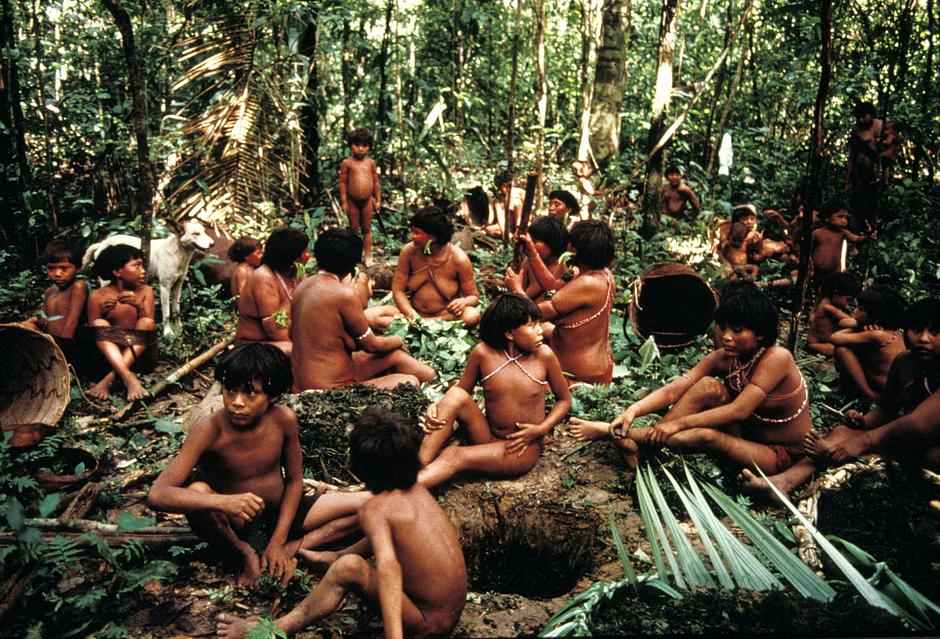
Besides wildlife, numerous Indigenous communities live in and depend on the Amazon for their livelihoods, culture, and medicine. They often protect biodiversity and forests more effectively than external agencies. Deforestation threatens not just animal and plant species but also the cultural diversity and rights of Indigenous peoples.
Possible Solutions to Save the Amazon
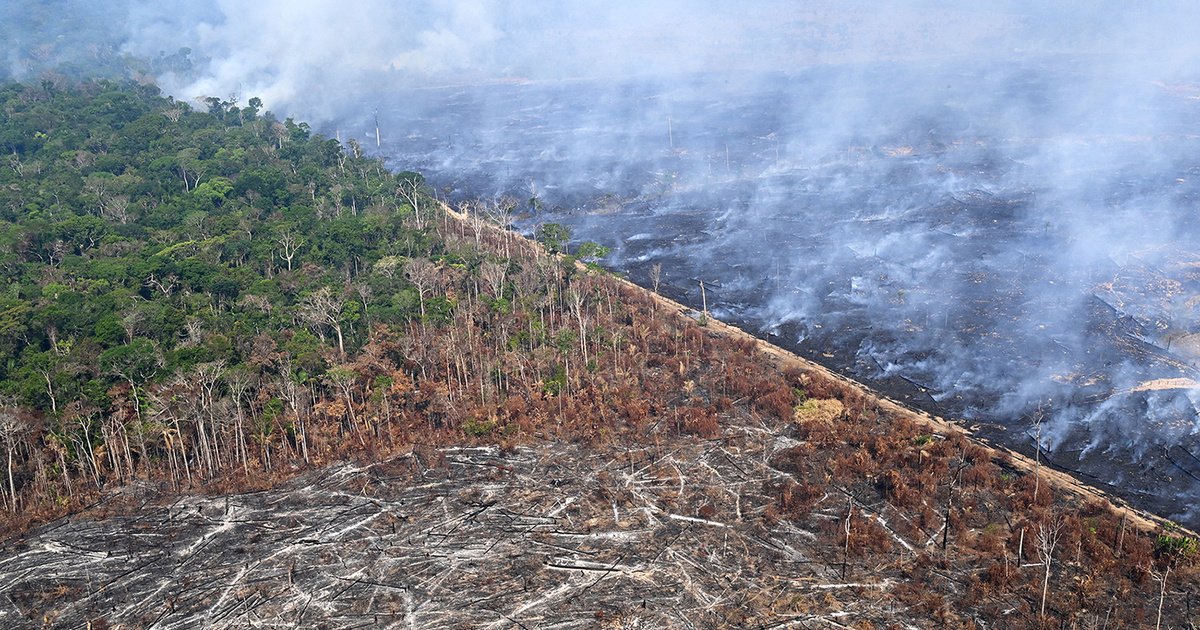
To combat these dangers, urgent and comprehensive action is needed from governments, communities, and the global community. Here are some key strategies:
-
Reinforce Environmental Laws and Enforcement: Brazil must revoke or amend the current development law to restore strict protections for the Amazon. Strengthening law enforcement agencies with funding and personnel to fight illegal logging and land-grabbing is essential. Surveillance technology like satellites and drones can help monitor and respond swiftly to deforestation.
-
Support Indigenous Rights and Community Conservation: Indigenous peoples have lived sustainably in the Amazon for centuries and act as guardians of the forest. Recognizing and protecting their land rights helps conserve large areas of intact forest. Supporting their traditional knowledge and local management efforts can reduce deforestation more effectively.
-
Promote Sustainable Land Use Practices: Instead of clearing forests, sustainable alternatives like agroforestry and shade-grown crops can allow economic development while preserving vital trees. Encouraging sustainable cattle ranching practices and reducing demand for commodities linked to deforestation (such as beef, soy, and timber) through certification schemes helps.
-
Expand Protected Areas and Ecological Corridors: The government should designate more protected areas and ecological corridors that connect fragmented forests, allowing species to migrate safely and ecosystems to remain resilient. Protecting the most vulnerable regions of the Amazon that are still unexplored is crucial.
-
Global Cooperation and Financial Incentives: The international community can help by providing financial support to Brazil for forest conservation through programs such as REDD+ (Reducing Emissions from Deforestation and Forest Degradation). Trade policies should discourage importing products linked to deforestation and promote sustainable alternatives.
-
Restore Degraded Forest Lands: Large-scale reforestation and afforestation projects can help recover lost forest cover, improving carbon sequestration, restoring rainfall patterns, and providing habitats for wildlife. Ecological restoration also benefits soil fertility and local communities.
-
Raise Awareness and Promote Education: Public awareness campaigns can increase global and local understanding of the Amazon’s importance and urgency. Educating consumers about the environmental impact of their choices empowers them to support sustainable products and policies.
The Amazon’s Fate Affects All of Us

The new Brazilian development law threatens to accelerate the destruction of one of Earth’s most vital natural wonders—the Amazon rainforest. This forest is not just Brazil’s or South America’s treasure; it’s a global asset that supports biodiversity, fights climate change, regulates rainfall, and sustains Indigenous cultures.
Deforestation driven by this law could disrupt rainfall patterns, increase greenhouse gas emissions, push countless species toward extinction, and destabilize ecosystems worldwide. Because the earth’s environment is interconnected, damage to the Amazon affects the entire planet—from the air we breathe to the food we eat.
Protecting the Amazon requires urgent, collective action combining stringent laws, Indigenous stewardship, sustainable economic alternatives, international support, and global commitment to climate and biodiversity targets.
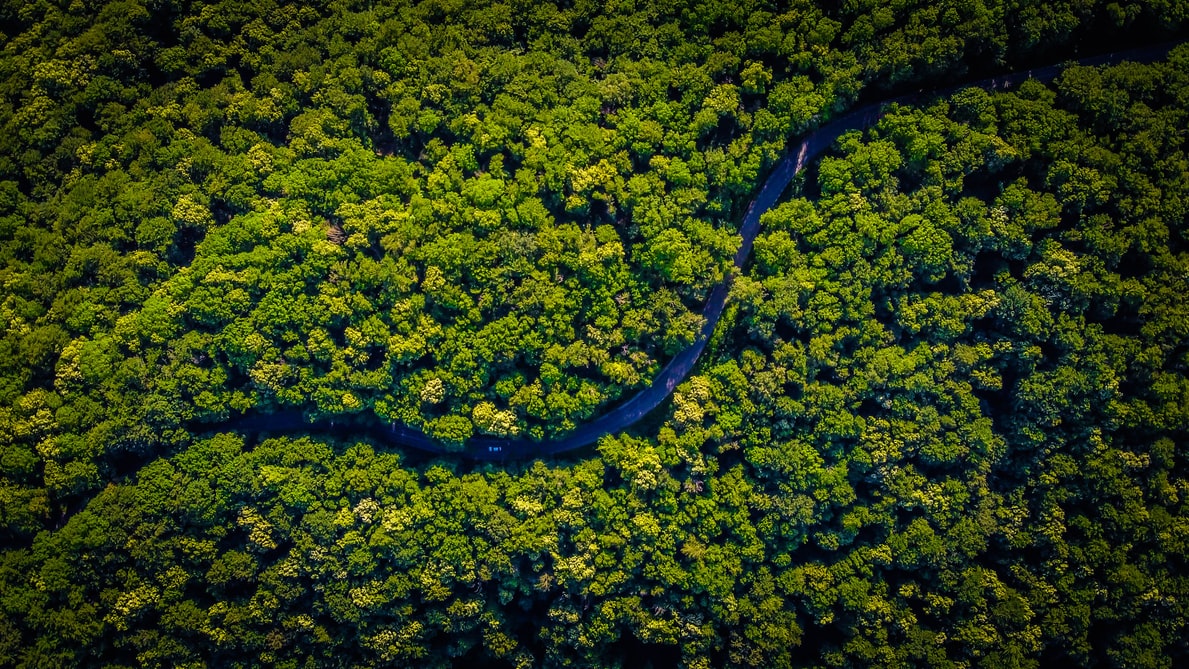
The Amazon is a lifeline for both nature and humanity. Saving it is not merely an environmental issue—it is a moral imperative for the survival and wellbeing of present and future generations around the world.
With inputs from agencies
Image Source: Multiple agencies
© Copyright 2025. All Rights Reserved. Powered by Vygr Media.

